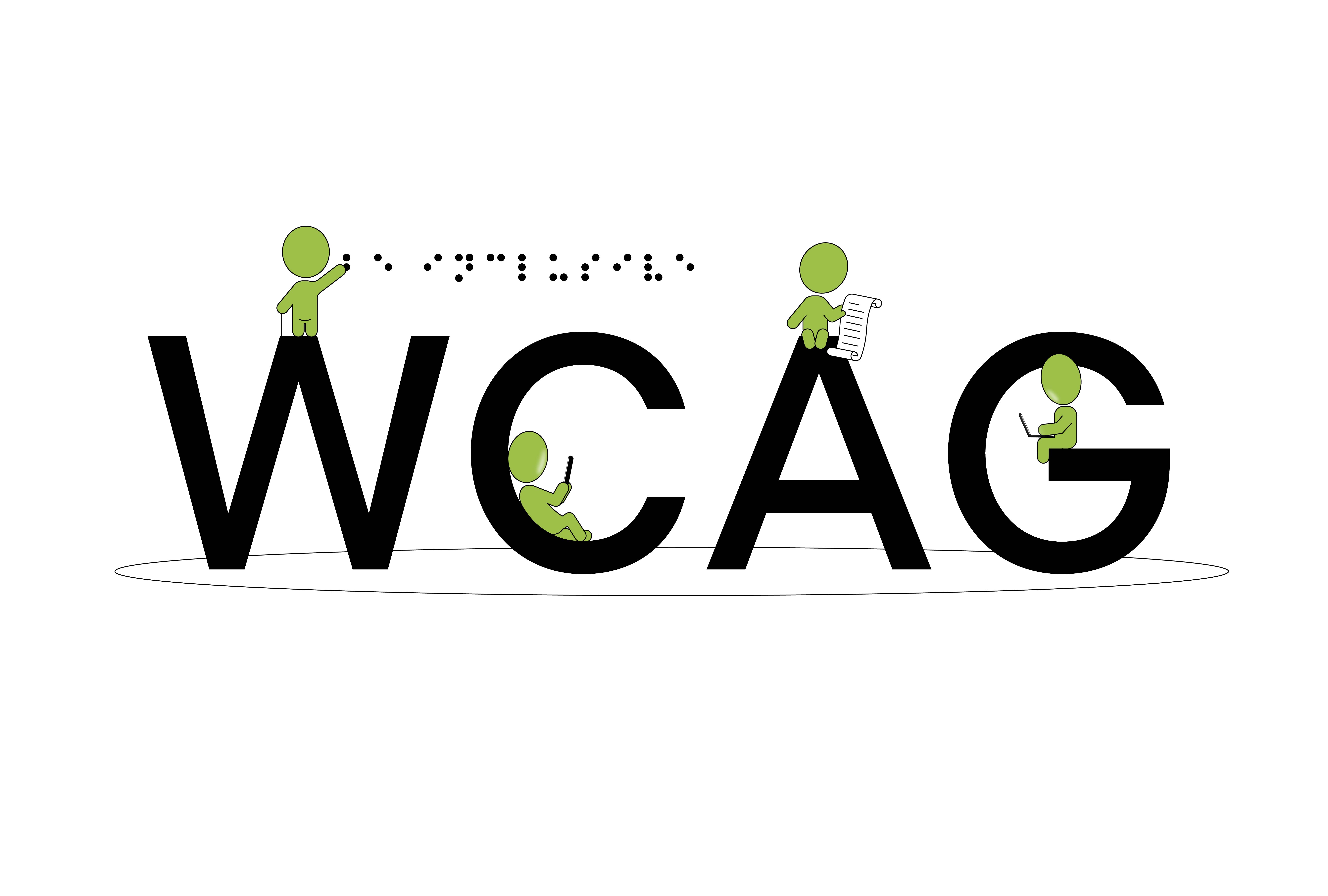
Tech Notes
Since its founding in 1921, the American Foundation for the Blind (AFB) has worked to address the most pressing needs of individuals with vision loss and their families, and over the past 20 years, it is obvious that there has been an increasing digital divide created by rapidly developing technology.
For those of us with disabilities, accessible and usable websites and apps are crucial for us to independently work, learn, and play in the digital universe. They allow us to fully live our lives without the indignity of asking friends and family to help us with every little thing. Developed by the World Wide Web Consortium, the Web Content Accessibility Guidelines (WCAG) have become the de facto standard for creating accessible web and mobile content that is usable by people with disabilities. WCAG was created with a goal of providing a single shared standard for web content accessibility that meets the needs of individuals with a disability and has been the standard on which many international governments base their laws and regulations regarding web accessibility.
Over the years, AFB has worked with numerous public enterprises to create digitally inclusive spaces, and very often when we are first approached by a new client, it is common for them to initially ask us to provide a WCAG audit or to help them make their websites or mobile apps “WCAG compliant.” WCAG compliance is obviously an important component of an organization’s accessibility process, but is it really the optimal overall goal? For over 13 years, WCAG has been a powerful tool as we work to create a more inclusive digital world, but it is by no means the only thing to consider.
When we work with our clients, we like to further their goals beyond simple WCAG compliance, striving toward a much higher bar: creating true usability. WCAG compliance may let you check some accessibility checkboxes and get you past the technical hurdles to complete a task on a website or app. However, true usability focuses on how a real person would authentically and ideally use your website or app, providing a pleasant experience and allowing that user to complete the task while avoiding many headaches that might come along with simple compliance. We often describe to our clients that, with a goal of true usability, a task is not only possible but enjoyable.
As an example, one of the countless usability issues for screen reader users that are not addressed by WCAG is the concept of a landing position, where a screen reader begins reading when browsing a website. Imagine you are using a screen reader and browsing a news site with page after page of headline links, and you click on a story of interest on the tenth page. When you finish reading the story and go back to the link, you would want to be placed back on the tenth page where you left off scrolling through headlines. However, if the page has not been coded properly to place the screen reader there, you will be placed at the top of the page, forcing you to spend an annoying amount of time scrolling through the pages to find where you left off. That is not a WCAG violation, but it greatly affects the user experience.
In addition to usability issues for people with disabilities, another drawback of focusing only on WCAG compliance is the fact that you may find a myriad of WCAG issues that really do not affect the user’s ability to get the job done. Consequently, you may spend a lot of initial time and money fixing issues that are not as relevant in the long run and potentially neglect the ones that impact usability the most. For example, you might spend a lot of time providing alt-tag descriptions for purely decorative images that have no functional element while ignoring establishing the landing position as previously illustrated, which does greatly impact usability and efficiency. It is much better to identify the most important use cases found on your website or app first and focus on making sure people using assistive technologies can accomplish those tasks easily without any headaches along the way. Knowing your website or app is usable for everyone then frees your time and resources to resolve the remaining accessibility issues in accordance to the WCAG standards.
WCAG can be a valuable tool to start your process and to learn about all the issues that could impact a person who has a disability while using your website or app, but WCAG and other legal compliance is by no means the only thing to consider. If compliance is your primary goal, then anything less than that makes your website or app illegal. Going beyond simple compliance is understanding that you should strive for more than the bare minimum. True usability is a much higher bar that will lead to authentic digital inclusion and allow you to reach the over 1 billion people in the world with disabilities.
About the AFB Talent Lab
The AFB Talent Lab provides accessibility consulting services in conjunction with internship and apprenticeship programs designed to train a new generation of tech workers in digital inclusion, accessibility, and project management. To learn more about our client services or training programs, please visit our website at www.afb.org/talentlab.